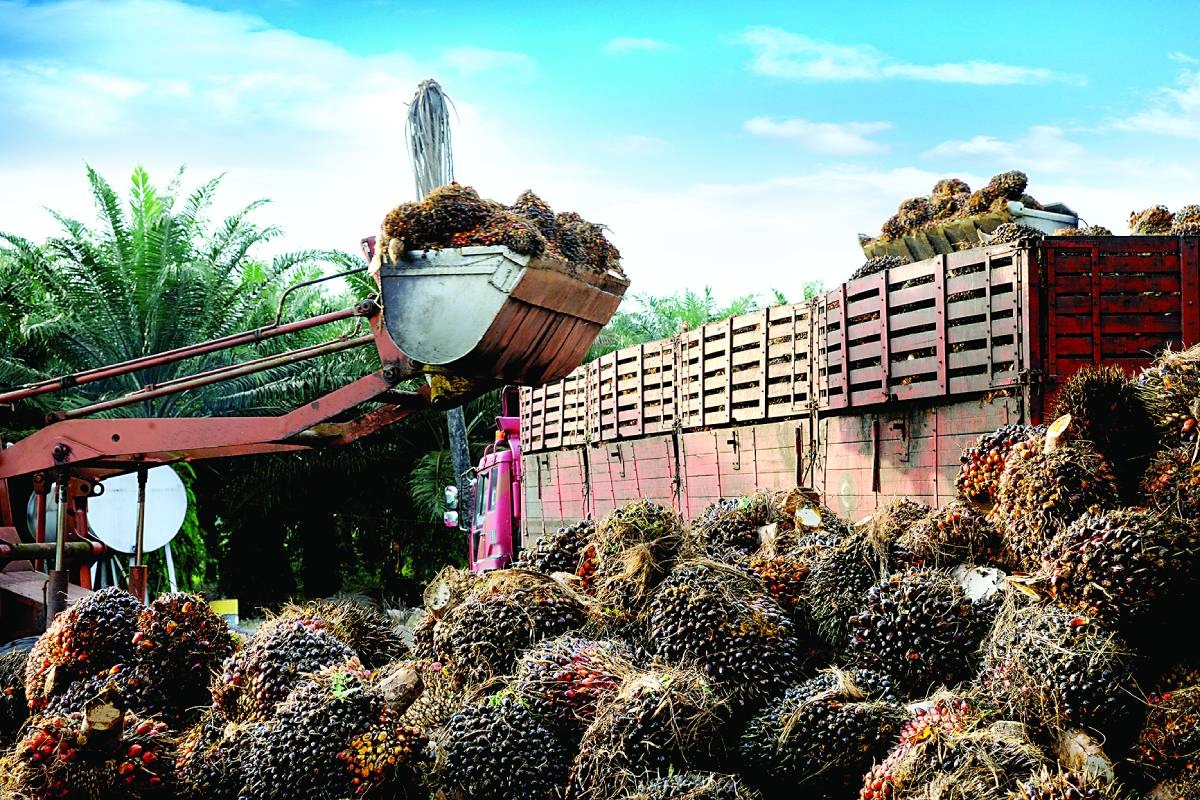Malaysia, the world’s second-largest palm oil producer and exporter, has reported steady but slightly lower palm oil exports for the first half of September 2025 compared to the same period in August. As global demand faces pressures from supply dynamics and competitive pricing, the country’s edible oil sector is navigating a complex market environment marked by rising inventories and evolving trade patterns.
Key Highlights From Malaysian Palm Oil Export Data
Palm oil exports from Malaysia for September 1-15 are estimated at 695,716 metric tons, a marginal decrease from 696,425 metric tons during August 1-15.
Production in early September showed slight declines, with oil extraction and yield down month-over-month by approximately 0.09% and 2.7% respectively.
Industry data indicates an increase in palm oil stocks, reaching a near two-year high of 2.2 million tons by the end of August, reflecting growing inventory pressures.
The export tax structure, influenced by Malaysia’s crude palm oil reference price rising to 4,053 ringgit per ton for September, has been adjusted, impacting shipment economics.
Strong demand from India, the top importer of Malaysian palm oil, remains a critical factor, with India’s imports rising sharply in August in anticipation of festive season consumption.
Competitive pricing against substitute oils such as soybean and rapeseed is shaping market dynamics, with palm oil trading at a premium impacting export volumes.
Early September shipments have shown some weakening compared to August, attributed to a shortened trading week and cautious market sentiment.
Global palm oil prices experienced volatility amid these export trends, influenced by supply from Indonesia and geopolitical uncertainties in energy markets.
Understanding The Subtle Export Decline
The slight drop in Malaysian palm oil exports early in September compared to August reflects a combination of factors. Seasonal production cycles, weather-related impacts on yield, and the interplay of global demand and pricing competitiveness all weave into the export story. Despite the nominal decline, average export volumes remain robust by historical standards, underscoring Malaysia’s dominant role in the global palm oil trade.
Inventory Growth And Market Impact
Rising inventories as recorded at the end of August signal that supply continues to outpace export demand. This accumulation places downward pressure on palm oil futures and spot prices, as traders and producers await stronger restocking signals from major importers. Increased inventories also suggest cautious shipment scheduling as exporters manage storage costs amid fluctuating margins.
The Role of Indian Imports and Pricing Competitiveness
India’s import surge in August, reaching near 1 million tonnes, is pivotal to regional demand dynamics. However, ongoing adjustments to export duties and reference prices in Malaysia influence shipping economics, occasionally curbing export momentum. Palm oil’s pricing premium over soybean and rapeseed oils restricts competitive positioning, impacting buying decisions by refiners and traders.
Market Outlook and Strategic Considerations
While immediate export volumes show minor declines, the palm oil market is expected to remain active with seasonal demand rising ahead of major festivals like Diwali in India. Market participants will closely monitor production updates, stock levels, and policy changes in export tax structures. The balance between rising inventories and global consumption patterns will continue to dictate price trajectories and export strategies.
In Summary
Malaysia’s palm oil export figures for early September reflect a nuanced balance between robust production, rising stockpiles, competitive international pricing, and shifting demand landscapes. These elements combine to shape a market characterized by modest volume adjustments but ongoing strategic importance for global edible oil supply chains.
Source names: Malaysian Palm Oil Board, SunSirs, Reuters, Trading Economics, CIMB Securities

